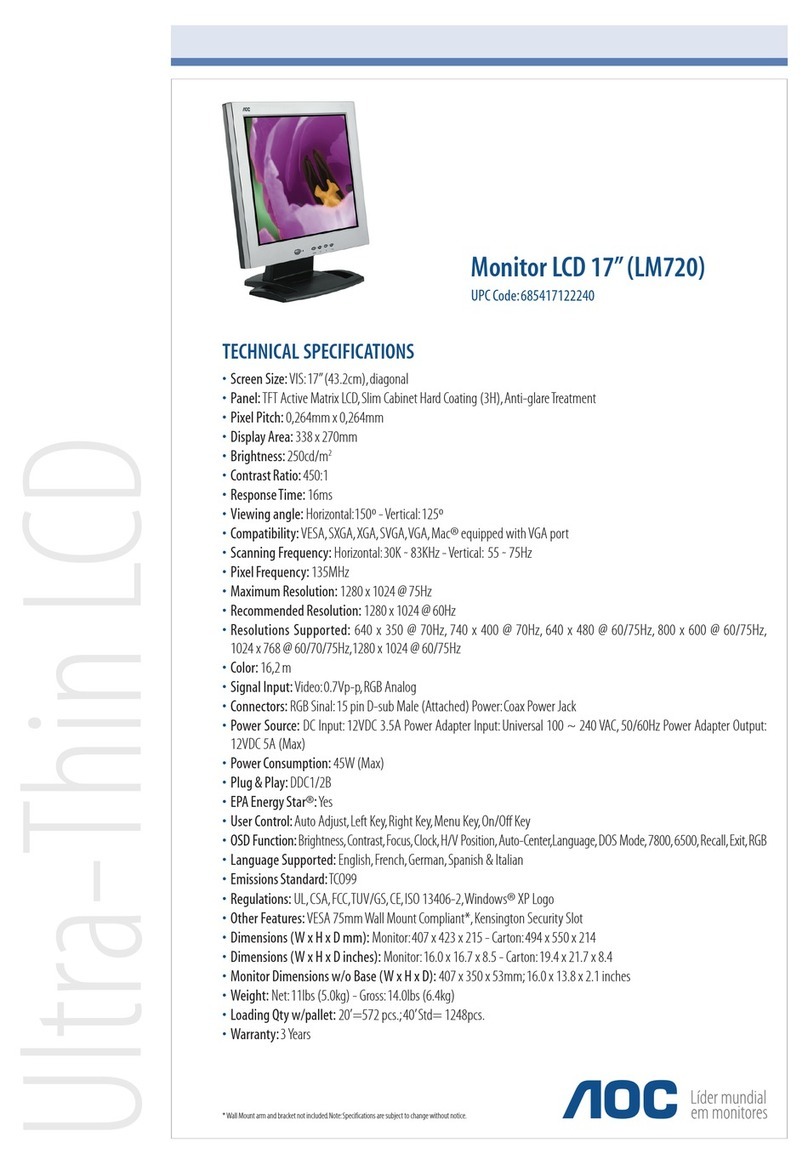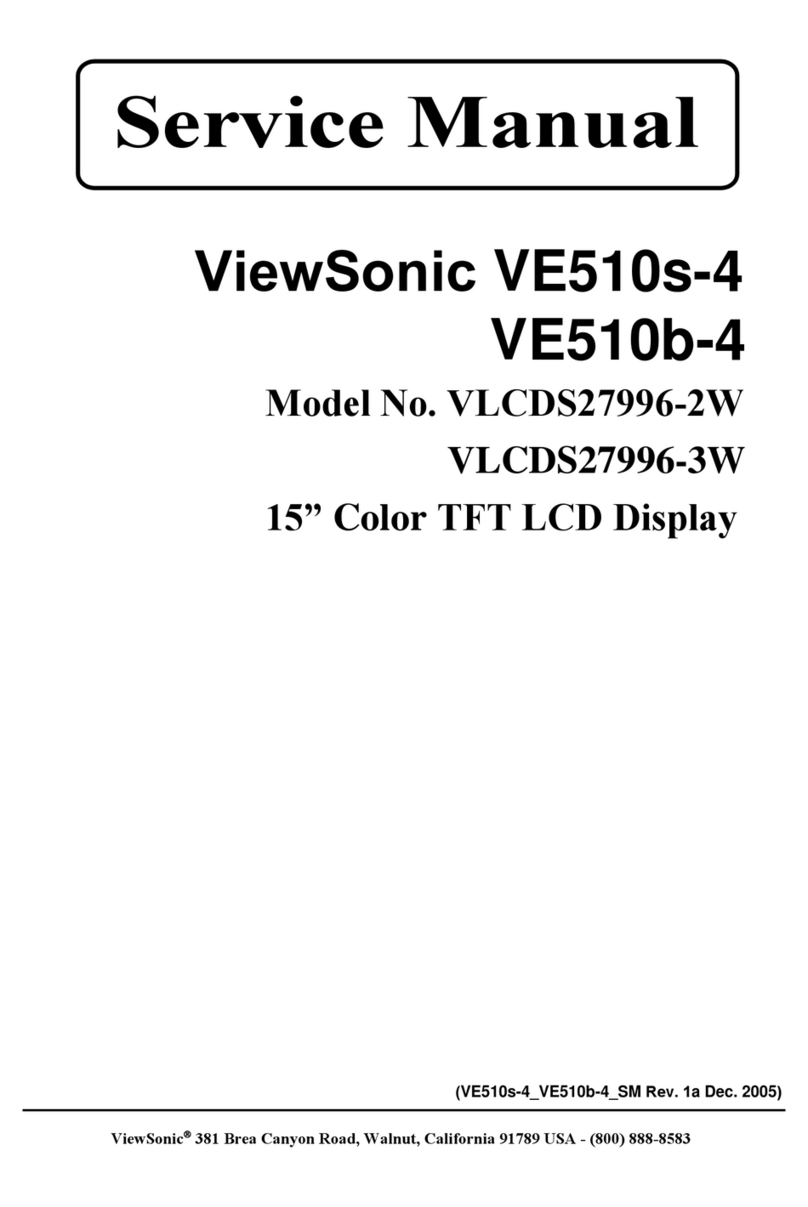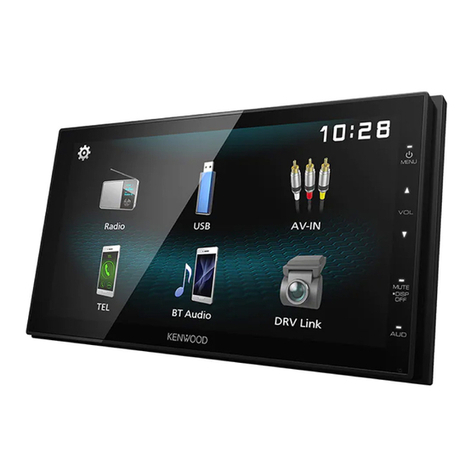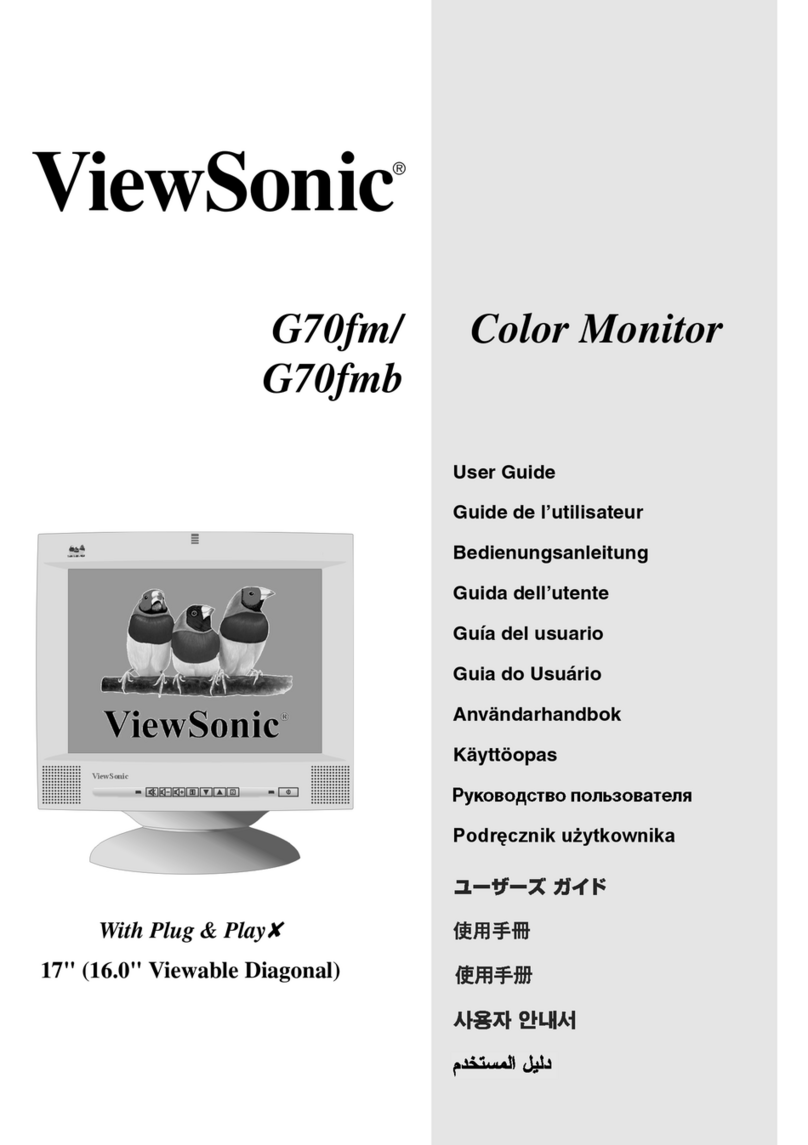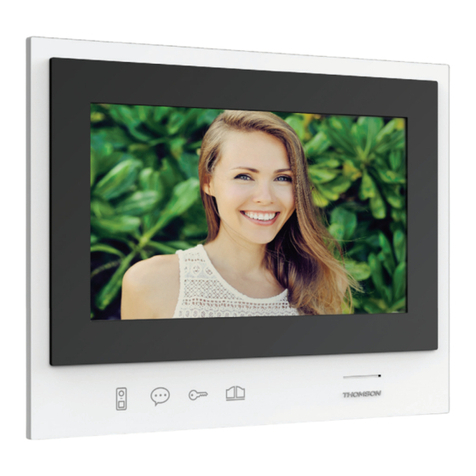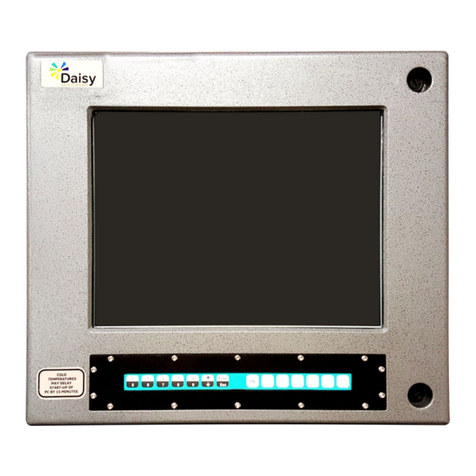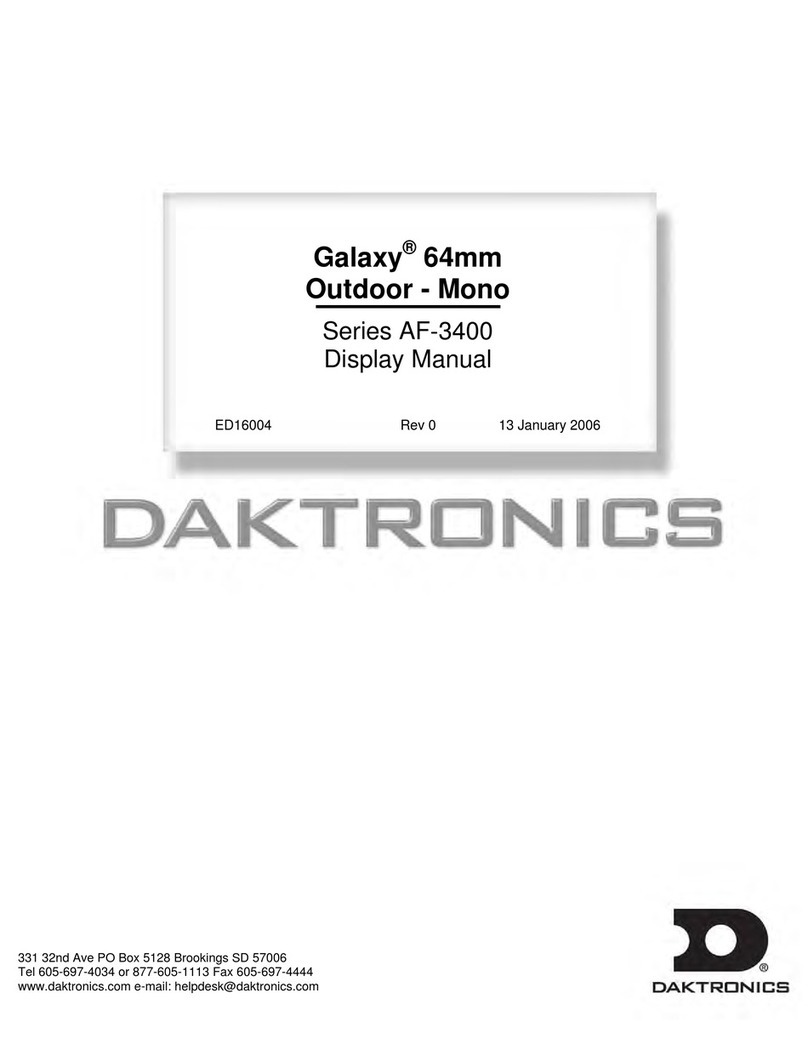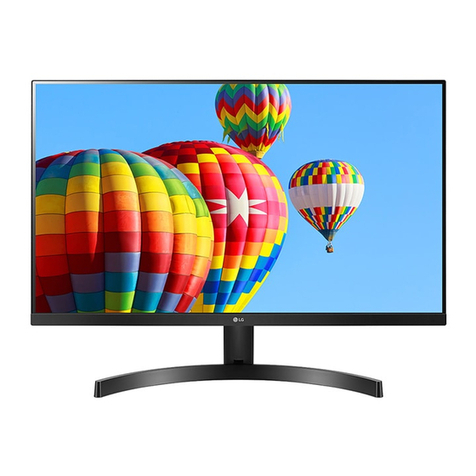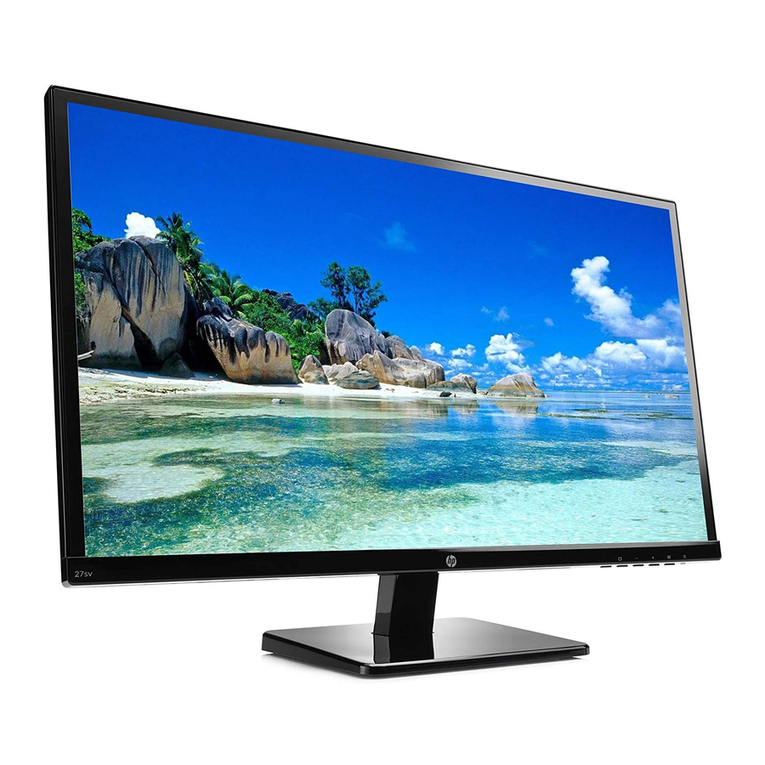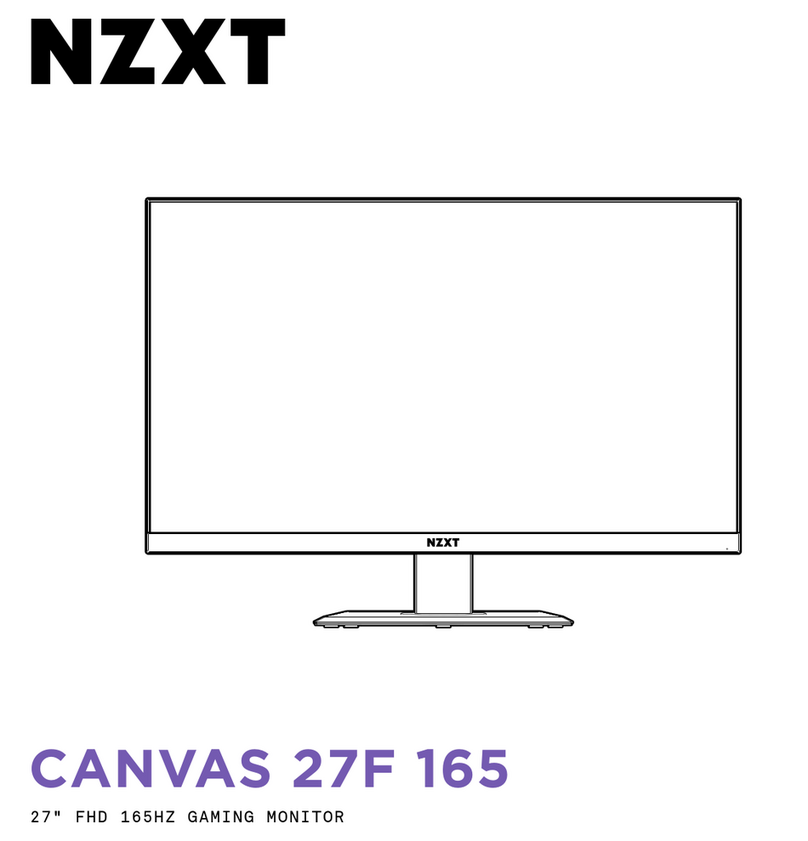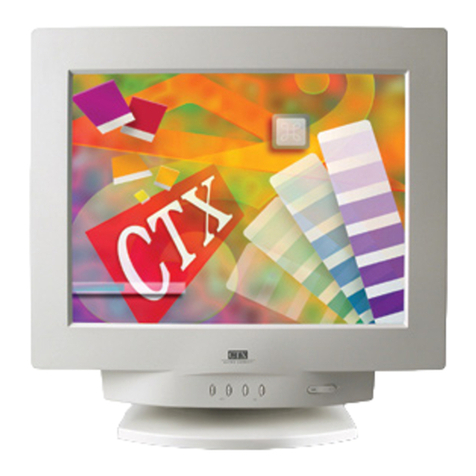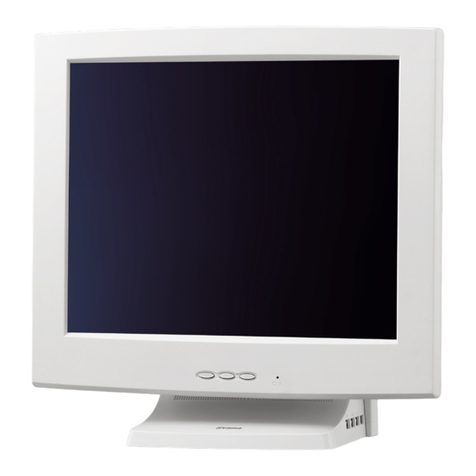Mieo HA102 User manual

Energy monitor MIEO HA102 with 3 sensors 60A
User Manual
Model: HA102
Code: 560810

Table of Contents
Introduction---------------------------------------------2
Features--------------------------------------------------2
Overview-------------------------------------------------3
Installation----------------------------------------------5
----System
--- Display
--- Display Details
--- Transmitter and Sensor
--- Sensor
--- Battery
--- Transmitter and Sensor1
Operating Guide----------------------------------------6
--- Display Menu Configuration
--- Display Screens
--- Alarm
--- Miscellaneous Functions
Important Safeguards------------------------------ 13
FAQ------------------------------------------------------14
Specification-------------------------------------------- 17
Packing List---------------------------------------------17
Introduction
Welcome to the world of Wireless Energy Monitor! A world where energy usage is visible and
controllable. Your device d Wireless Energy Monitor elivers this world to you.
The Wireless Energy Monitor is an elegant and simple in-home display that places easy to
understand energy usage information at your fingertips. The Wireless Energy Monitor makes
reducing energy waste, saving money and leading a green lifestyle easy and fun.
For your protection, please read the overview, installation and safety sections before installing the
device. Please carefully observe all warnings, precautions and instructions on the device.
Features
----- Display of current and cumulative energy usage, cost and CO2 emissions
----- Display of hourly, daily, weekly and monthly energy usage data
----- Graphical display of historical energy consumption data
----- Time and date information
----- Alarm to notify high energy use
----- Two years of historical data storage
----- Single and dual tariff rates
----- One, two and three phase support
----- Low battery indicator and backlit display
----- Optional 5V DC adapter input

Overview
The Wireless Energy Monitor consists of an elegant in-home display and a companion transmitter.
The transmitter is a battery operated measurement unit that uses its accompanying sensors to
measure the electricity flowing into the home. The sensors are clipped around the incoming power
wires found on the home circuit panel (This operation should be performed by a licensed electrician
or a professional installer. Consult your retailer for more information).
The transmitter makes continuous measurements of the sensor. These measurements that relate
to the electricity flowing into the home are transmitted periodically to the display.

The sensors are clipped around the insulated incoming power cables. Most household electricity
supplies use single phase. But some use two or three phases. There are typically two cables in a US
home. The sensors are connected to the sockets on the Transmitter as seen in the diagram. This
operation should be done by a licensed electrician or a professional installer. Consult your retailer for
more information.

Installation for example two phases
The following installation instructions are for a licensed electricians or a professional installer.
Please contact your retailer for more information.
1. Remove Circuit Breaker panel cover
2. A typical home has three lines phase A, phase B, and a neutral. Locate phase A and phase B
lines. Push downwards on the sensor latch to open it. Place the opened sensor around the Phase A
wire. Close the sensor and ensure that the latch is locked. Do the same for the Phase B wire with the
second sensor. Do not place a sensor on the neutral wire. This will cause an incorrect reading.
Ensure that both sensors are locked firmly around the wires.
3.Plug the other end of the sensors from phase A and phase B lines into two consecutive slots on the
transmitter unit.
There will be one empty slot. Place a cap around the empty slot.
4.Hang the transmitter on the wall (use slot at the back) or place it down on a level surface. Make
sure it is secure and not exposed to extreme temperature, rain, snow, high humidity or vibrations.
Replace batteries
・Remove the battery cover from the back of the transmitter and display.
・Insert 3 x AA batteries into the compartment ensuring that the polarities are correct.
・Replace the battery cover of the transmitter and display unit
NOTE
You may also power the display by using the supplied 5V DC adapter.ot
Link display unit and transmitter
Press the “SEARCH” button on display for 2s. The link signal icon will start blinking. Press the
”CHECK” button on the transmitter. The blinking will stop once the connection between the
transmitter and display is established.
This is a secure connection enabling the display to receive
This is a secure connection enabling the display to receive

Operating Guide
Setting time and date
・Press the “TIME” button and hold for 2 seconds. The last two digits of year flashes. Press the
FWD/BWD button to set the current year.
・Press “TIME” button again to set the MONTH
Use FWD/BWD button to set the correct month.
・Press “TIME” button again to set the day
Use FWD/BWD button to set the correct day.
・Press “TIME” button again to set the hour
Use FWD/BWD button to set the correct hour in 24 hours format..

・Press “TIME” button again to set the minutes
Use FWD/BWD button to set the correct value.
Press ”TIME” button to get back to the default screen.
Press “ENTER” button at anytime to save settings instantly and return to the default screen. If the
display detects no actions within 60 seconds, the settings will be saved automatically and the default
screen will be shown.
Advanced setting (voltage, currency, tariff, Co2 emission)
・Press “MODE” button and hold for 2 seconds to set the “VOLTAGE”. While “220” flashing,
Use FWD/BWD buttons to adjust the voltage. The voltage should be in the range of 110 --132 Volts
for the US: 200--240 volts for most countries.
・Press “MODE” button again to set the ”currency unit” Default “ε” will be flashing,
Use FWD/BWD buttons to choose the $currency symbol
・Press “MODE” button again to set the” current tariff” Default “TARIFF1” will be flashing,
Use FWD/BWD buttons into “TARIFF2” for using two tariff standards.

・If” TARIFF2” is selected in the last step press “MODE” button again to set the start time for
TARIFF2 .
Use FWD/BWD buttons to set the hours and press “MODE” button to save and move to minute set
up. Set minutes using FWD/BWD and press MODE Button to confirm. Repeat the process for setting
·Press “MODE” button again to set tariff2 standard, when numbers 0.145 flashing, use FWD/BWD
button to set, Press and hold FWD/BWD button to increase the number quickly from 0.05 to 9.95.
・If you have not chosen“ TARIFF2” the above step will be skipped.
・Press “MODE” button again to set tariff1 , the number 0.125 flashing, Pressing FWD /BWD button,
the number will increase/reduce .
・Press MODE button again to set CO2 emission.
The number 0.449 (kg/kwh) flashing, Press FWD /BWD button to set.

Current and Cumulative Energy Consumption, Cost,CO2
・Default screen shows the current and cumulative usage in Kw and kWh
Press MODE button to see the COST display.
Current and cumulative cost
Press MODE button again to see the CO2 display.
Current and cumulative emissions
・Time and date display (in the lower right screen) toggles every 10 seconds. The histogram in the
left screen indicates the usage of energy in last 7 hours.
・Press “MODE” button once again to return to current ENERGY display.
How to view historical data
・Press HISTORY button to see the hour historical data denoted by “per hour” display. Use
FWD/BWD button to look up the usage of energy for last 7 hours. The corresponding block in
histogram will flash.

・Press HISTORY button to see the day historical data denoted by “per day” display. Use
FWD/BWD button to look up the usage of energy for last 7 hours. The corresponding block in
histogram will flash.
Press HISTORY button again to see the week historical data denoted by “per week” display. Use
FWD/BWD button to look up the usage of energy for last 7 weeks. The corresponding block in
histogram will flash.
・Press HISTORY button again to view the month historical data denoted by “per month” display.
Use FWD/BWD button to look up the usage of energy for last 24 months. The histogram shows the
data for the current and last six months usage and the corresponding block in histogram will flash.
・Press “MODE” button to switch among ENERGY/COST/CO2 modes
・Press HISTORY button once again back to normal display.

Alarm
Press TIME/ALARM button to set the alarm. “OFF” flashing indicates that the alarm function is off,
press FWD/BWD button to switch on the alarm.
・Press TIME/ALARM button again to set maximum daily usage, use FWD/BWD button to adjust the
threshold value
・Press TIME/ALARM button again will back to normal display with a leaf symbol in the screen. The
alarm is activated.
・The alarm will activate( if enabled) if the threshold is passed. The display screen flashes for
approximately 10 seconds. A “beep” sound will also be made.. After the 10 seconds, the leaf icon will
change into a light bulb icon. The light bulb icon will remain on the screen for 24 hours or until a
button is pressed.

Miscellaneous Functions
◆Clearing data
・Cumulative Energy Usage Data
The cumulative energy usage data is stored in the transmitter.
First, remove the transmitter battery and press the “CHECK” button. While the “CHECK” button is
being pressed, re-insert the batteries. A red-color LED button will appear. Release the “CHECK”
button when this light disappears. The LED will flash five times to confirm the clearing of the
cumulative energy usage data. This action will also lead to the resetting of the cumulative energy
usage values shown on the display.
・History
Press both MODE and HISTORY buttons on the display until a “beep ”sound is heard. This should
occur after about 8 seconds of holding both buttons down. Release the buttons once the “beep” is
heard. History data on the display is cleared.
The transmitter and display are paired together via a single ID. The pairing occurs when the CHECK
button on the transmitter and the SEARCH button of display unit are pressed one after the other. The
link signal indicator on the display stops blinking once the pairing is completed. The pairing adds a
layer of security by ensuring that the transmitter measurements are only read by its paired display.
・Clear ID code of the Display unit
Remove battery of the display. Now re-insert batteries while holding down MODE and SEARCH
buttons. Continue to hold down the buttons for about three seconds until two successive “beep”
sounds are heard. Release the two buttons. Display ID code is cleared.
·Update the transmitter ID code:
Remove the batteries in the transmitter. Press and hold “CHECH” button on the transmitter. Now re-
insert the batteries and continue to hold the buttons until a light is displayed. Now, release the
“CHECH” button. An ID code has been randomly generated. The LED will flash 10 times to confirm
the operation.
・Increase update frequency of data
Press “CHECH” button of the transmitter to temporary increase the frequency of updates sent to the
display. The update frequency goes back to the default rate after some time.

Important Safeguards
・Sensor installation should be done by a certified electrician or a professional installer. Please
contact your retailer for more information.
・The sensor can make accurate measurements up to 70A. If the amperage is larger, an error signal
will appear on the display.
・Do not place the transmitter in an open environments exposed to rain, snow or a magnetic field
・Do not place transmitter or display in a vibrating environment.
・The display consists of a LCD panel. Pressure or vibrations may damage to the panel.
・Do not place transmitter or display in a high-temperature environment. (ex near radiators, stoves,
heaters etc).
・Do not place transmitter or display in places of high humidity or water (ex. bathroom, etc).
・There are no serviceable parts. Do not attempt to repair. Please contact your retailer in case of a
problem.

FAQS
◆Question 1: I cannot see the wireless link signal indicator or data on the screen. Does it
mean wireless link between transmitter and display is down?
A: Yes. Please follow the following troubleshooting methods:
1. Hold the SEARCH button on the display down for 2 seconds. This will start the wireless signal
search. The link symbol flashes on the display screen. The flashing will stop once the link is
established. Repeat if needed.
2. Press the CHECK button on the right side of the transmitter to increase frequency of updates.
Now, do 1).
3. Check if the low power icons for the display or transmitter are shown on the display. If yes, replace
batteries.
4. Move the display unit closer to the transmitter. Then, do 1).
5. Remove batteries in the display unit. Wait 10 seconds and Re-insert them. Then do 1).
6. Clear the ID code in the display. Remove the transmitter's batteries. After a 10 second wait,
reinsert the batteries. Then do 1).
◆Question 2: The wireless link signal is flashing. Data is missing on the display?
A: The wireless link between the transmitter and display is down. The display unit is searching for
the transmitter. See Question 1 for further steps

◆Question 3: The battery symbol for the transmitter and/or display is on the screen?
A: The battery is low. Please replace the batteries.
◆Question 4:The display shows "HI" on the current energy consumption field?
A: The voltage has exceeded the measurement range. Reset the transmitter. See Clearing Data
section
◆Question 5:. The display shows "HI" on the cumulative energy consumption field?
A: The cumulative energy consumption has exceeded its maximum value of 9999 KWH. The
cumulative energy consumption value on the transmitter and display must be reset to 0. See clearing
cumulative energy consumption data in the Clearing Data section

◆Question 6: The display shows "Err" and the histogram is blank?
A: Data cannot be read from the internal memory. Please provide unit back to the retailer.
◆Question 7: The energy consumption values reported by the Wireless Energy Monitor is
different than that reported on my utility meter?
A: Please try the following solutions
Solution 1: The sensors may not be correctly installed. Please re-install the sensors.
Solution 2: This may be attributed to the home electric power factor that typically ranges between
0.8-1.0. In the ideal case when it is 1.0, all electricity drawn from the utility is used completely by the
home appliances. However, in most cases, some degree of electricity (and power) is wasted.
To account for the power factor, take two sets of electricity consumption values on consecutive days
from the Wireless Energy Monitor and the utility meter. The energy used recorded by the Wireless
Energy Monitor divided by what's reported from the utility meter provides an approximation for
the power factor. Now divide the voltage value set ( 110 Volts or 220 Volts) by this calculated power
factor and set it on the display (Press Mode signal to set voltage). Below an example
12/01- 12/02 consumption reported by Wireless Energy Monitor = (135 - 100) KWh = 35 Kwh
12/01- 12/02 consumption reported by Utility meter = (3290 - 3250) KWh = 40 KWh
Power factor estimate = 35/40 = 0.875
New Voltage = 110/0.875 = 126 (rounded) Volts (Assumed voltage set to 110Volts)
New Voltage = 220/0.875 = 251 (rounded) Volts (Assumed voltage set to 220Volts)

Electrical Specifications
Wireless signal frequency: 433.93MHz
Wireless transmission distance: Min 30m, Max 70m (at sight)
Range: 10w ~ 17.5KW (single phase)
Internal power supply: 3 batteries
External Power: 5V DC for display
Operating temperature: -10°C ~ 60°C
Storage temperature: -20°C ~ 75°C
Packing List
Display: 1 pcs
Transmitter: 1 pcs
Sensors: 3 pcs
User Manual: 1 pcs
Power adapter: 1pcs
Patent No.:2010292160457
www.mieo.com
Other manuals for HA102
2
Table of contents


